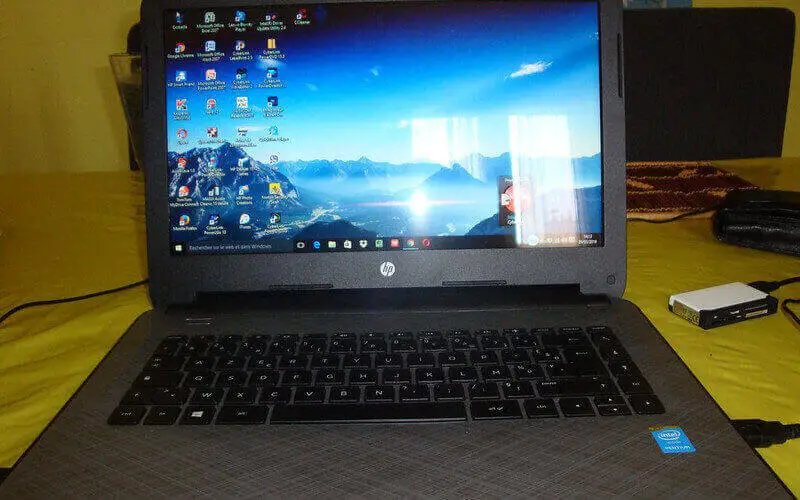As someone who’s used an HP laptop for quite some time, I know firsthand how frustrating it can be when my computer freezes or becomes unresponsive. In situations like these, knowing how to restart my laptop is crucial to getting it back up and running smoothly.
In this article, I’ll be sharing some simple steps you can take to restart your HP laptop. Whether you prefer using the Start menu or the physical power button, I’ll guide you through the process step by step.
Additionally, I’ll provide some troubleshooting tips for common issues that can arise when restarting your laptop.
By the end of this article, you’ll be equipped with the knowledge you need to confidently and effectively restart your HP laptop.
So let’s dive in.
How To Restart HP Laptop
Method 1: Using the Start menu
- Click on the “Start” button in your screen’s bottom left-hand corner. You can also press the Windows key on your keyboard to open the Start menu.
- Click on the Power button icon, which looks like a circle with a vertical line in the middle. This will open a menu with various options, including “Shut down,” “Restart,” and “Sleep.”
- Select “Restart” from the menu by clicking on it. This will immediately start the restart process for your HP laptop.
Method 2: Using the physical power button
- If your HP laptop has become unresponsive or frozen, you can use the physical power button to force a restart. The location of the power button may vary depending on your laptop model, but it’s usually located on the top or side of your laptop.
- Press and hold the power button for at least 5-10 seconds until your laptop turns off completely. If you’re unsure whether your laptop has turned off, you can also check for any lights or sounds indicating it’s off.
- Once your laptop has turned off, release the power button and wait a few seconds before pressing it again to turn it back on.
Note: It’s important only to use the physical power button as a last resort, as it can potentially cause damage to your laptop’s hardware if used frequently.
Troubleshooting Common Issues When Restarting An HP Laptop
If your HP laptop is experiencing any issues when restarting, here are some troubleshooting tips to help resolve the problem:
Laptop not responding to the restart command
- Check for any software updates that may be available for your laptop.
- Run a virus scan to ensure your laptop isn’t infected with malware.
- Perform a hard reset by unplugging your laptop’s power cord and removing the battery (if possible) for at least 30 seconds before reconnecting and restarting your laptop.
Laptop taking too long to restart
- Check for any system updates that may be available for your laptop.
- Disable any unnecessary startup programs that may be causing your laptop to take longer to start up.
- Perform a disk cleanup to free up space on your laptop’s hard drive.
I hope this detailed guide has helped you learn how to restart your HP laptop effectively and that the troubleshooting tips are useful if you encounter any issues.
Conclusion
Now that you know how to restart your HP laptop, it’s important to remember that regular restarts can improve your laptop’s overall performance.
Restarting your laptop clears any temporary files and processes that may slow it down and can help prevent software glitches and crashes.
In addition to restarting your laptop, you can take other simple steps to keep it running smoothly. For example, regularly cleaning out dust or debris from your laptop’s fans can help prevent overheating and improve airflow, leading to better performance.
Regularly updating your laptop’s software and security settings is also a good idea, as this can help improve stability and protect your laptop from potential threats.
By taking these steps and regularly restarting your HP laptop, you can help ensure it’s running at its best and avoid any potential issues. So go ahead and try it – you may be surprised at just how much of a difference a simple restart can make.






